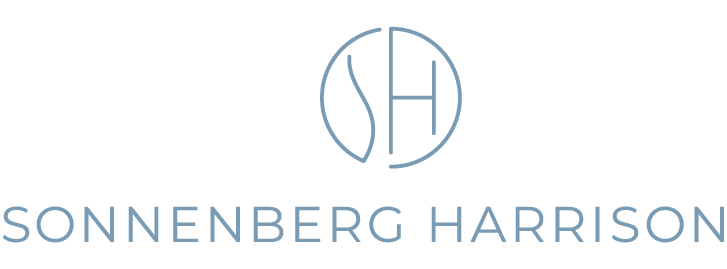Accelerating Patent Grants in Europe through the Patent Prosecution Highway
We’re often being told that it takes too long for patents to be granted. Recently, we were asked to support a client that had received a favorable search report during the international phase of a patent filed under the Patent Cooperation Treaty and asked us to help them file a European Patent Application.
We realized that it would be possible to request the European Patent Office (EPO) to treat the application under its so-called “Patent Prosecution Highway” procedure. This is a program agreed by most of the major patent offices around the globe. In our case, it allowed us to file the patent application with the EPO and explain to the Examiner that the case had already been examined in the international phase. We amended the claims to bring them into accordance with European patent practice and filed an additional statement explaining the relationship between the PCT claims and the amended claims.
We are currently waiting for the EPO to respond – let’s see how quickly we can get through the patent office with this application.
But what is the PPH?
The Patent Prosecution Highway (PPH) program has been around for a few years and is based on agreements between patent offices around the world. The agreements are between the Office of Earlier Examination (abbreviated to OEE) and the Office of Later Examination (abbreviated to OLE). The OEE carries out the initial search and examination of the application and another patent office (the OLE) is supposed to review only the findings of the OEE before deciding on the patent. In practice, the OLE normally carries out a top-up search in its own databases and sometimes finds additional relevant prior art which may require further changes in the claims.
In general, however, participation in the PPH program allows the applicant to request accelerated examination in the OLE if the OEE has found the application to be allowable/patentable.
What are the benefits of PPH?
Use of the PPH program can significantly speed up a grant of a patent. The OLE will consider the prior art and the arguments made by the patent applicant in the initial proceedings at the OEE. The OLE therefore profits from the prior work done at the OEE leading to shorter times for carrying out the search and examination at the OLE and should result in a quicker grant of the patent. This is especially helpful for applicants seeking patent protection for their invention in multiple countries and regions.
Studies by the participating offices have shown that PPH applications seem to have higher grant rates in the OLE than non-PPH applications in the same OLE. The PPH program also seems to lead to a reduced number of office actions since the OLE acknowledges the reasoned opinion of the OEE.
How did our client participate in the PPH program?
Our client’s international patent application benefitted from a detailed examination in the international phase. We then requested participation in the PPH by using the EPO form 1009 upon entry into the European Phase.
The EPO specifies that eligibility for participation in the PPH program depends on the following criteria (see here for detailed list):
- The European patent application for which participation in the PPH program is requested must have the same earliest filing date as the corresponding application,
- The corresponding application(s) has to have at least one claim indicated by one of the PPH Offices to be patentable/allowable,
- All claims in the European application for which a request for participation in the PPH program is made must sufficiently correspond to the patentable/allowable claims in the OEE corresponding application(s), and
- Substantive examination of the European application for which participation in the PPH program is requested may not have begun.
This was the case for our client as they were entering the European phase from an international application.
In order to profit from the expedited processing under the PPH program in Europe, we needed to file the following additional documents together with the patent application:
- Request for participation in the PPH program together with a declaration of claims correspondence, i.e., the relationship between the filed European claims and the allowed claims in the OFE,
- A copy of all earlier office actions or the latest PCT work product in the international phase of a PCT application,
- A copy of the patentable/allowable claims (and a translation into one of the three official languages of the EPO, if applicable), and
- Copies of documents other than patent documents cited in the OEE office action(s) or the PCT work product identified in point (3).
Fortunately, the EPO is able to access copies of the office action and other correspondence in the international phase from WIPO’s PATENTSCOPE database and therefore it was only necessary to instruct the patent office to obtain copies automatically. It can be more complicated for other countries, such as Japan, Korea or China, in which translations of the relevant documents may need to be supplied.
Who else participates?
It’s not just the European Patent Office that uses the PPH program. We have also made requests in other countries for our European clients based on approved patent claims in Europe – and with some success.
A full list of eligibility criteria and the necessary steps, see the official PPH website and the EPO’s website on the criteria for benefiting from PPH.
Should you be interested in participating in the PPH program – don’t hesitate to contact us for further details or a quote.
Beat Wüst / Dr. Robert Harrison





